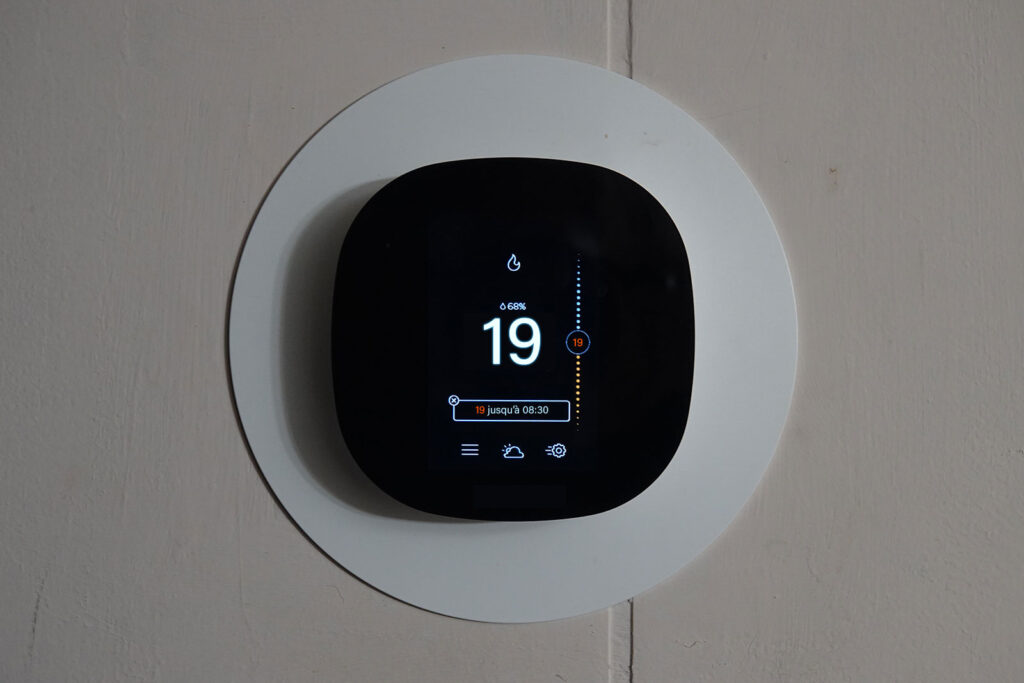
How To Choose the Right Thermostat for Your Home
When it comes to home comfort, the right thermostat can make all the difference. Choosing the right thermostat for your home can be tricky, but with the right information, you can make the best decision for your needs. Keep reading to learn how to choose the right thermostat for your home.
Identify Your Heating and Cooling Needs
When it comes to choosing the right thermostat for your home, the first step is to identify your heating and cooling needs. This means understanding the type of heating and cooling system you have, as well as your family’s lifestyle and preferences.
For example, if you have a central heating and cooling system, you’ll need a thermostat that can control both the furnace and the air conditioner. You also need to consider the size of your home, the number of rooms, and the insulation before making a decision.
Another important factor to consider is your family’s lifestyle. Do you prefer to keep your home at a steady temperature throughout the day, or do you like to adjust it according to your schedule? This will impact the type of thermostat you choose as well.
Once you have a clear understanding of your heating and cooling needs, you can begin researching and comparing different thermostat options. By taking the time to make an informed decision, you can ultimately save money on utility bills and improve the overall comfort of your home.

Understand the Different Types of Thermostats
Understanding the different types of thermostats is crucial in ensuring you choose the right type for your home. Each type of thermostat serves a different purpose and offers unique features that cater to different needs. The most common types of thermostats include:
- Programmable thermostats: Programmable thermostats are one of the most popular thermostats and allow you to control your heating and cooling system based on your desired temperature and schedule. You can easily program the thermostat to turn on and off at specific times of the day, which helps save energy and reduce your utility bills.
- Smart thermostats: Smart thermostats offer advanced features such as remote access, learning capabilities, and energy reports. Smart thermostats can connect to Wi-Fi and be controlled from your smartphone or other smart devices, allowing you to adjust the temperature from anywhere.
- Digital non-programmable thermostats: Digital non-programmable thermostats offer basic temperature control without any advanced features.
- Manual thermostats: Manual thermostats require you to adjust the temperature manually, and they don’t offer any remote control or scheduling functionality.
Whether you’re looking for basic temperature control or advanced features like remote access and learning capabilities, understanding the different types of thermostats will help you find the perfect one for your needs.
Check Online Reviews
When it comes to choosing the right thermostat for your home, it can be overwhelming with the plethora of options available in the market. However, one effective way to narrow down your search is by checking online reviews. Online reviews provide valuable insights into the product’s features, durability, and customer service. By checking online reviews, you can determine whether a thermostat is the right fit for your household’s needs and budget.

Online reviews also give you a chance to read the real-life experiences of previous buyers. These reviews are usually written by people who have purchased and used the product. Reading through these reviews can help you learn the pros and cons of using a particular thermostat. You can find out about features that are not advertised and hidden issues that can arise over time. When considering online reviews, look for consensus across multiple reviews. This way, you can avoid basing your decision on a single opinion, which might be biased or not representative.
Overall, selecting the right thermostat for your home is an important decision as it can have a significant impact on the comfort of your family, the energy efficiency of your home, and the cost of your monthly energy bills. Careful consideration of your specific home needs and the features and capabilities of different thermostat types will ensure you make the best choice for your home.




